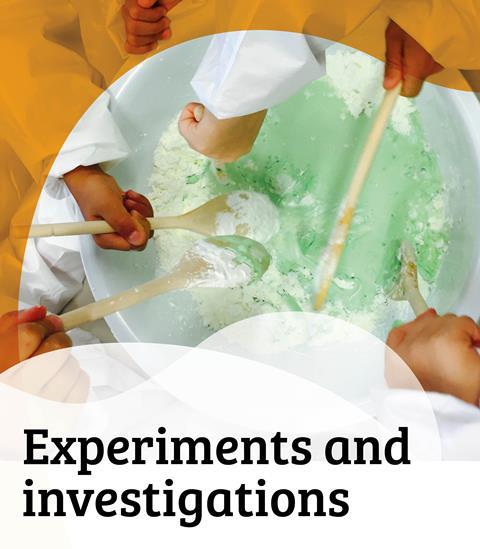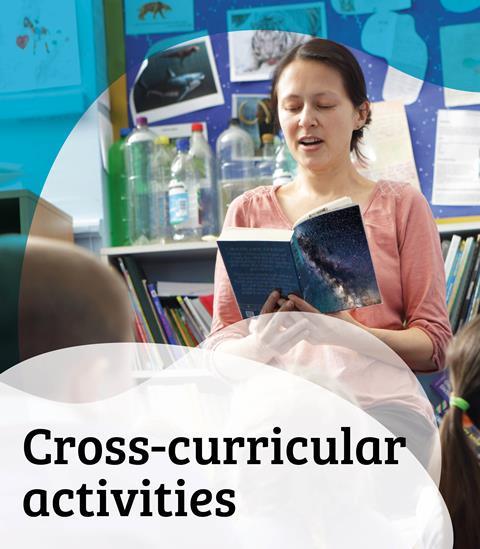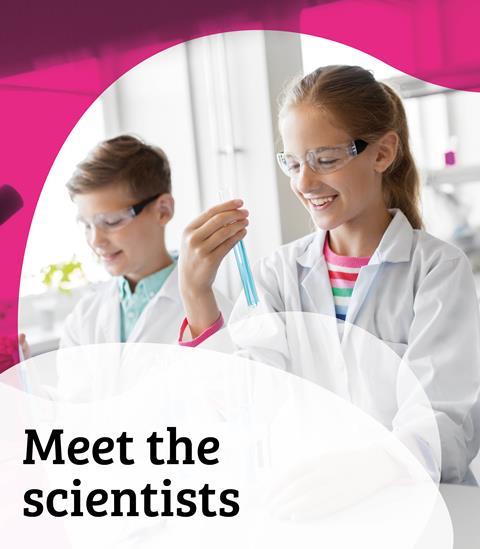Join Kareena and her superhero friend K-mistry and learn about absorbancy and comparing materials on the basis of their properties
Produced by FunKids radio in collaboration with the RSC, this short chemistry snippet is great for introducing children to absorbancy and comparing materials on the basis of their properties.
This podcast can be used as a ’hook’ when introducing the topic to your students, or at the end of a lesson to stimulate discussion about what they have learnt.
Downloads
Kareena's Chemistry- Episode 9: Polymers and smart materials- nappies
Audio | Other, Size 3.82 mb
Additional information
If you teach primary science, see the headings below to find out how to use this resource:
Skill development
Children will develop their working scientifically skills by:
- Asking their own questions about scientific phenomena.
- Using appropriate scientific language and ideas to explain, evaluate, and communicate their methods and findings.
- Selecting and planning the most appropriate ways to answer science questions, including:
- Finding things out using a wide range of secondary sources of information.
- Carrying out comparative and fair tests.
Learning outcomes
Children will:
- Compare and group together everyday materials on the basis of their properties.
- Identify and compare the suitability of a variety of everyday materials
Concepts supported
Children will learn:
- What is meant by the term absorbency.
- That materials can be grouped according to their absorbing properties.
- That ‘smart’ materials are designed to change in specific, helpful ways.
Suggested activity use
This activity can be used to stimulate discussion about the properties of everyday materials and their uses. This particular discussion could be around the property of absorbency. Children could group together materials based on whether they are absorbent or not.
This activity could also provide an opportunity for children to carry out an investigation into which materials would make the best nappies.
Practical considerations
It will be necessary to provide a range of absorbent and non-absorbent materials for children to test and sort, including nappies.
Primary science podcasts
- 1
- 2
- 3
- 4
- 5
- 6
- 7
- 8
- 9
- 10
 Currently reading
Currently readingSmart materials in nappies
- 11
- 12
- 13
- 14
- 15
- 16



























1 Reader's comment